What Will Be
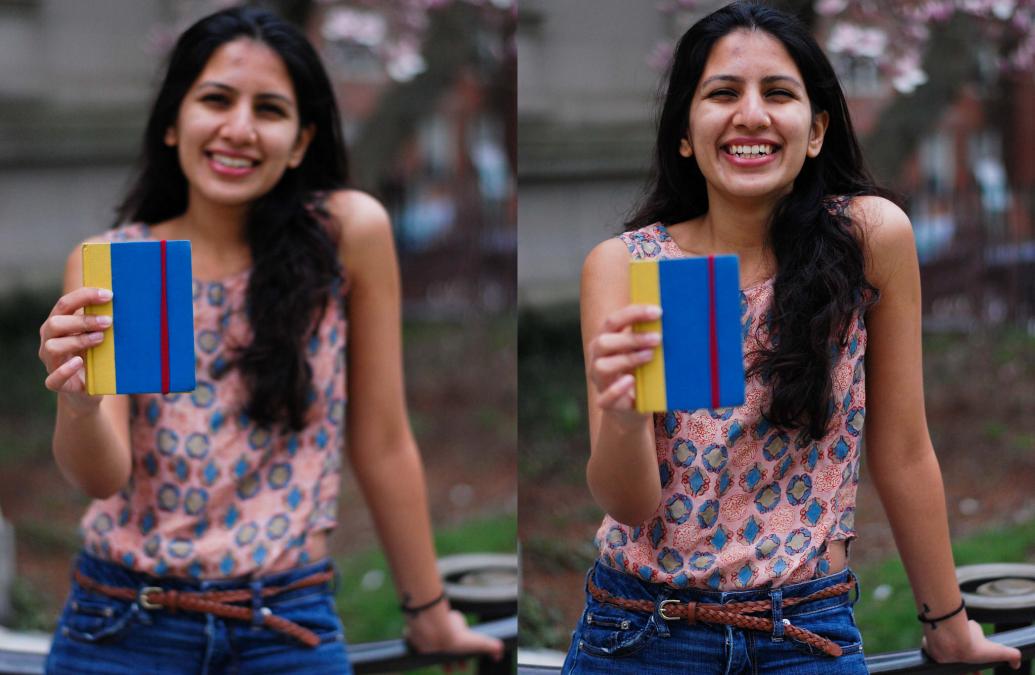
Ria Vaidya ‘16, No Country for Women
I’m holding: a small notebook filled with emotions, plans, and milestones.
“We’ll ask the kids, ‘What do you associate with women?’ They’ll be like “Oh, love, shopping, blah blah blah.’ And we’ll be like, “None of you said breasts, hips – you all said things that are socially constructed. And that’s the number one thing, they’ll say, ‘I’ve never talked to anyone about this before, I’ve never thought about this before.’”
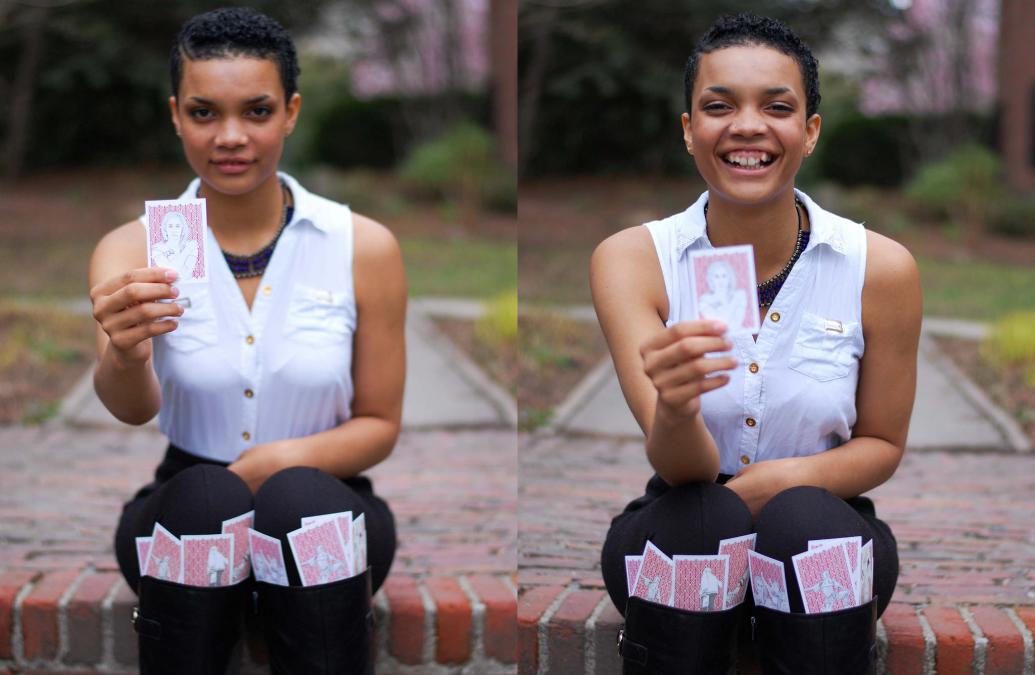
Queen Nefertiti Shabazz ‘17, Radical Artists Workshop
I’m holding: tools for social change, formerly known as Radical Cards.
“I’m a spoken word artist so I sit down and I write and I think really hard. But to be honest there’s something special about freestyling and being able to just be in flow. So playing this game, people are just riffing. And they don’t realize that they’re being those artists, those storytellers."
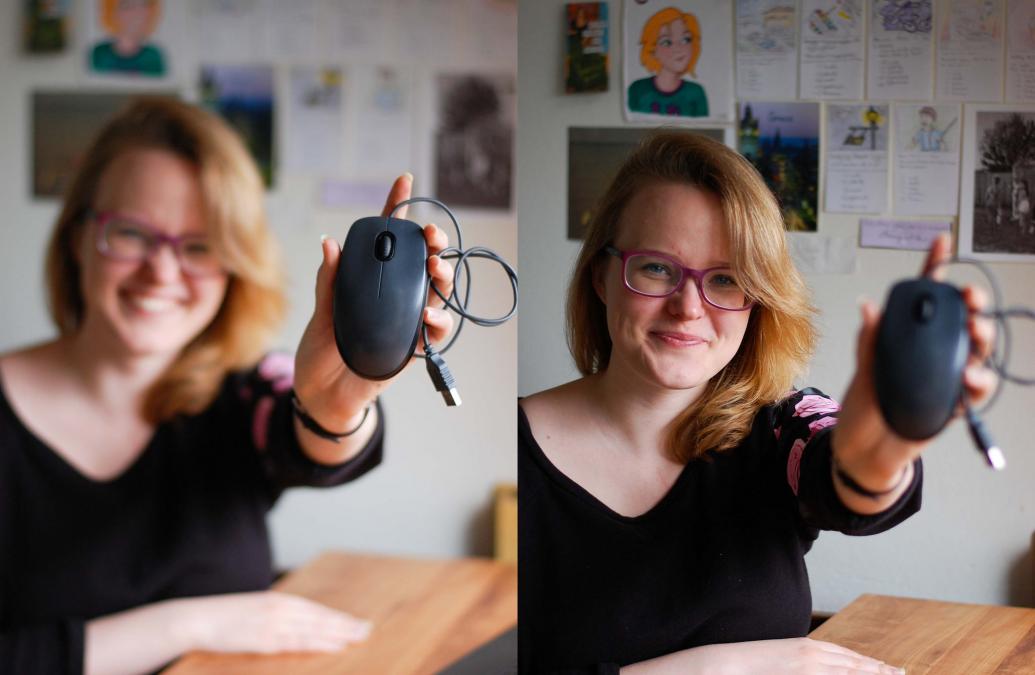
Grace Miller ‘15, Uplift
I’m holding: the mouse I use to interact with the digital world.
“I love online fan communities. I love how the community comes together and really embraces unabashed passion and nerdy fun. But within the past year, over 70 people have come forward and said they have been in sexually violent relationships with someone they met through the YouTube community. And there aren’t any resources that address what’s occurring.”
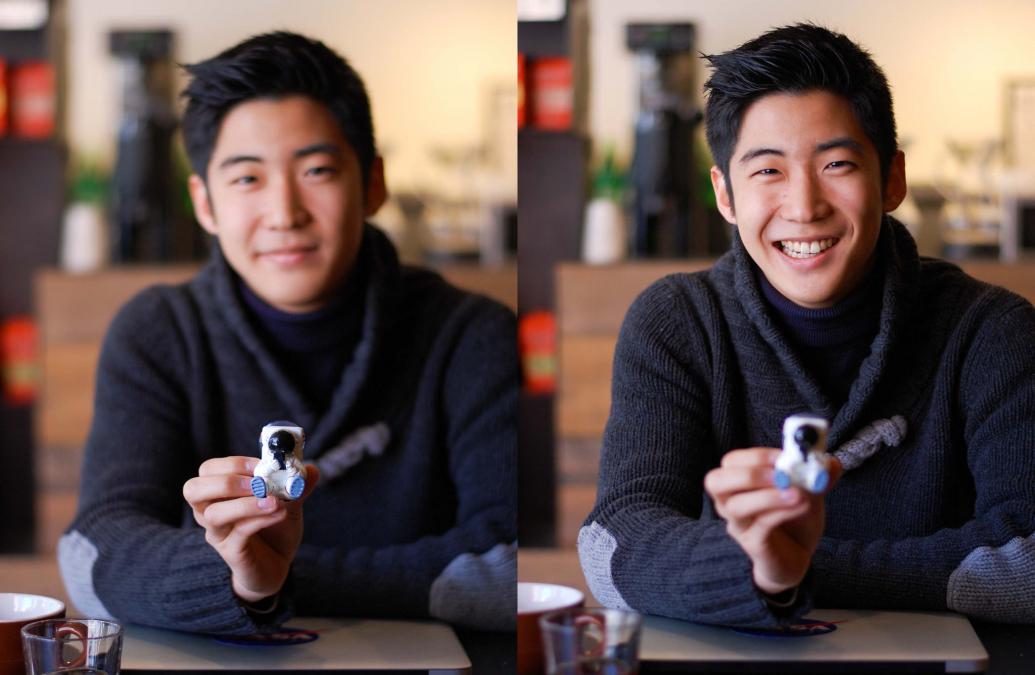
Tomoya Mori ‘16, MetaPlaneta
I’m holding: a gateway to the future of mankind.
“When I was seven years old I got a telescope from my dad. And that night I looked through it and saw the lunar craters and I was like ‘Damn, I’ve got to go there.’ You shouldn’t have to be an astronaut to go to space.”
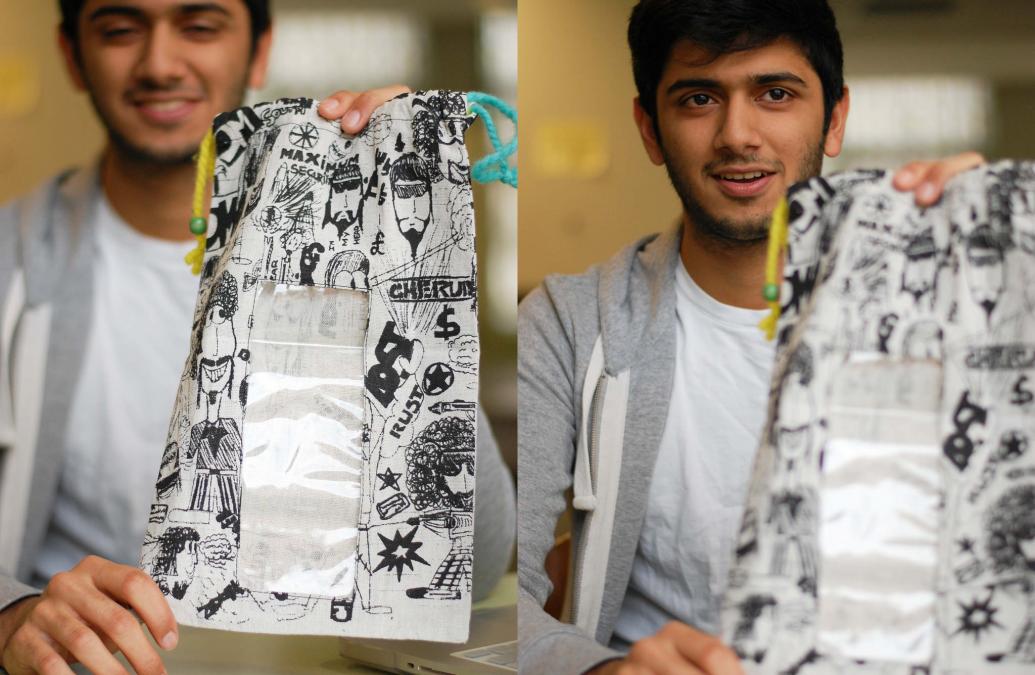
Shanav Mehta ’18, Panika Project
I’m holding: The first product my venture ever made.
“We work with a village in rural India and the tribe that lives here. They weave this unique cloth; it’s one of their primary means of self sustenance. But no one wants to be given cloth and be told you can do whatever you want with this. They want something they can use.”
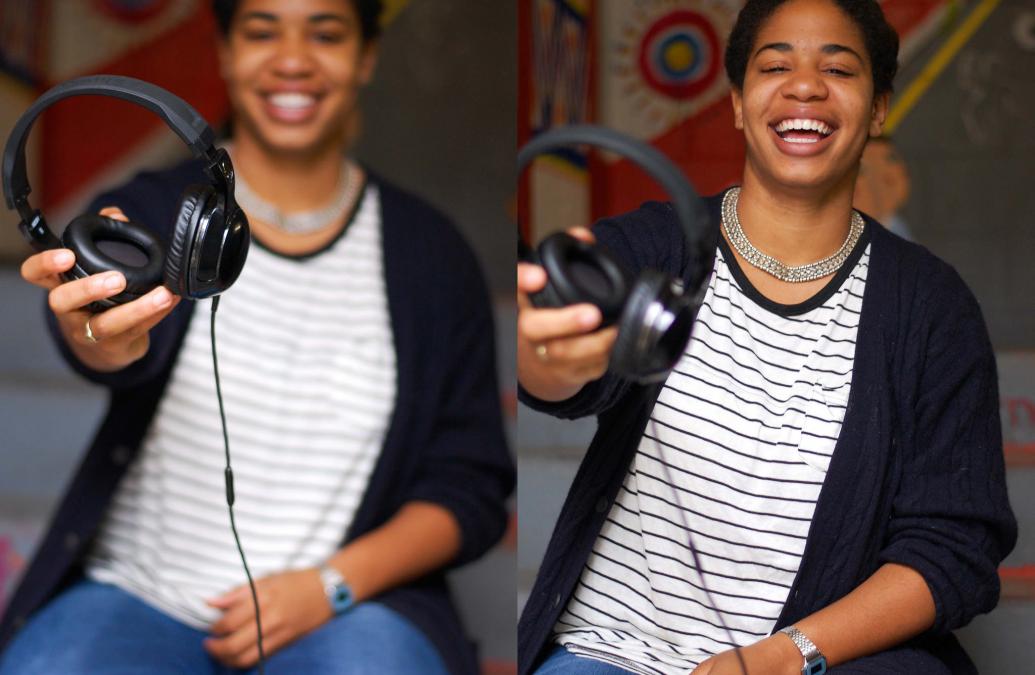
Erin Cohee ‘16, The Uprising Music Festival
I’m holding: headphones for listening to the sound of change.
“If you ask anybody things that hip hop represents they’re going to think one, black culture, but then two, violence, homophobia, and sexism. The fact that the genre is seen as so representative of black culture and can be such a negative portrayal is really problematic; it perpetuates a lot of these ideas of seeing the black male as a thug, and the black woman as hypersexualized. The fact that it’s so popular speaks to hip hop’s ability to communicate a message. But it’s been communicating the wrong message recently. I’m not inventing conscious hip hop, I’m just trying to give it a platform.”
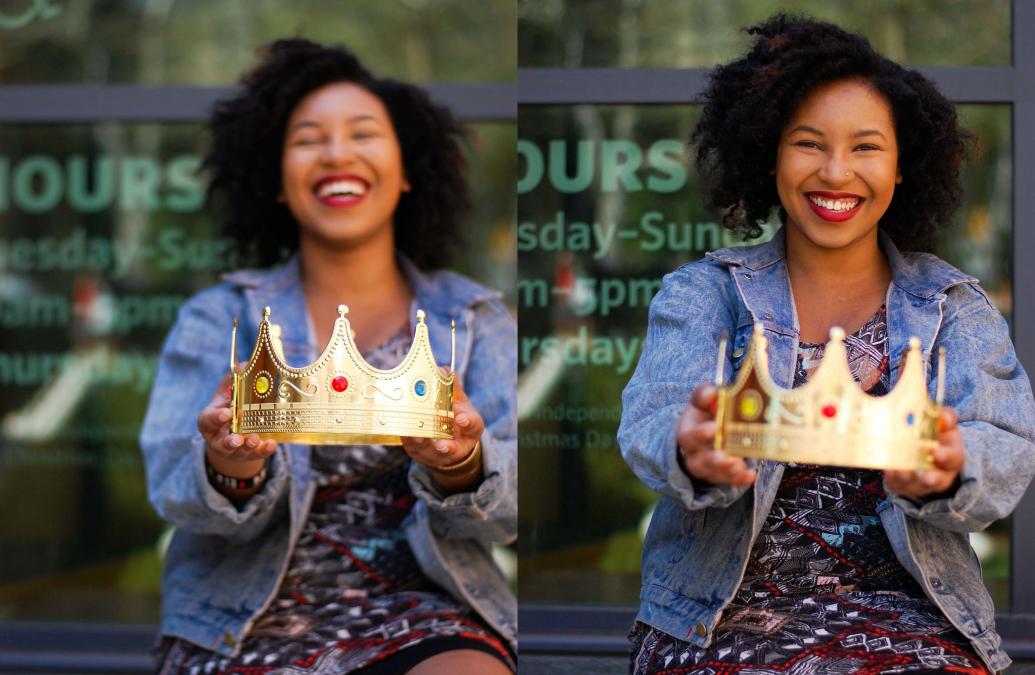
Yelitsa Jean-Charles RISD ’16, Healthy Roots
I’m holding: a crown fit for a queen.
“I sometimes feel like the work I do doesn’t matter. And I get sad. I often hear people’s comments like, ‘Why are people always talking about race?’ or “Why are black women this?’ and I’m just like, does nothing I do matter? So I wear the crown a lot because it basically represents how I think people try to make women of color feel; they tried to teach us we were nothing cause they knew that we were something. And so it’s like hey, I know my value, I rock my shit. Really being empowered and owning it.”
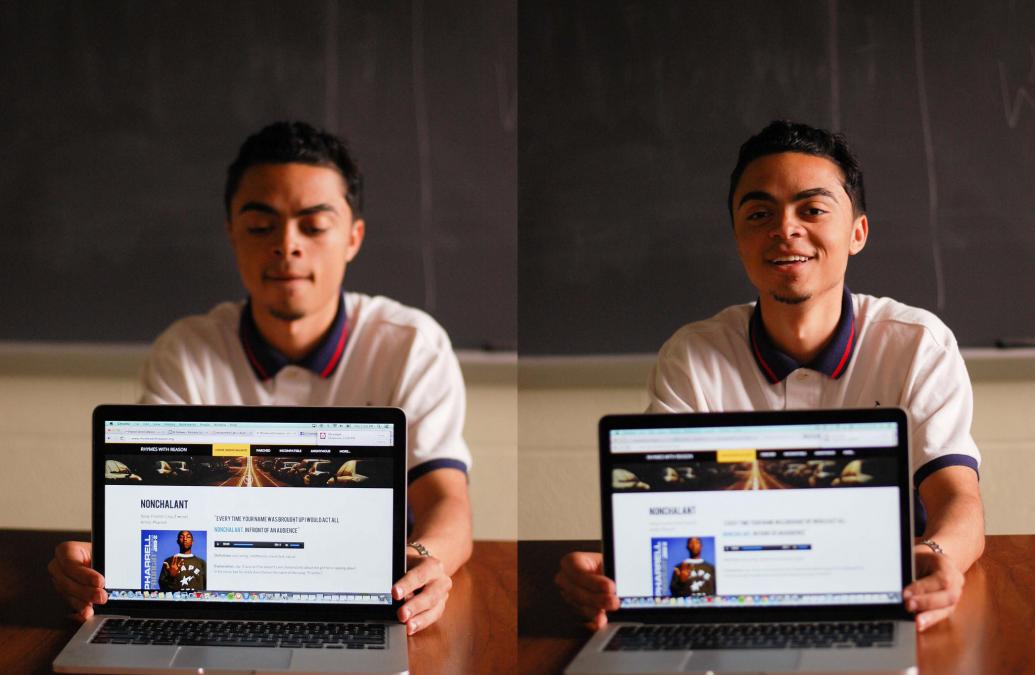
Austin Martin ‘17, Rhymes with Reason
I’m holding: two years’ work of trial, error, and imagination - our prototype.
“I was a kid who kind of struggled in school until I was in late middle school, but I could tell you anything there was to know about hip hop. Kids have ability, it’s just - is it channeled in this very confined box of traditional academia? I researched the 100 most used words on the SAT and I found 70 of them in hip hop songs. That 100 can expand out to a pool of 1,000 or 10,000.”
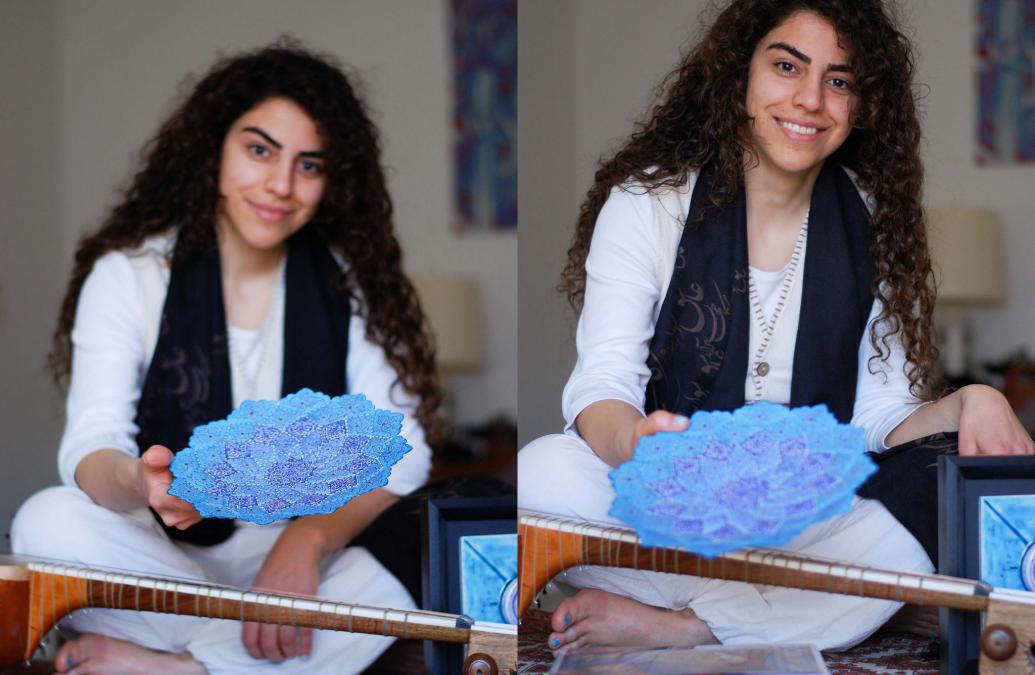
Mina Jafarpoor RISD MFA ‘16, The Cultural Cookbook
I’m holding: handcrafted art from Iran.
“As an Iranian who's lived and worked in Iran and the US, I believe both countries have beautiful values to share with each other. Food is an important part of both cultures, so I want to write a cultural cookbook in order to introduce Iranian culture to American society. The book will go beyond Iranian recipes to address larger issues of food culture, economics, history, storytelling and family life."
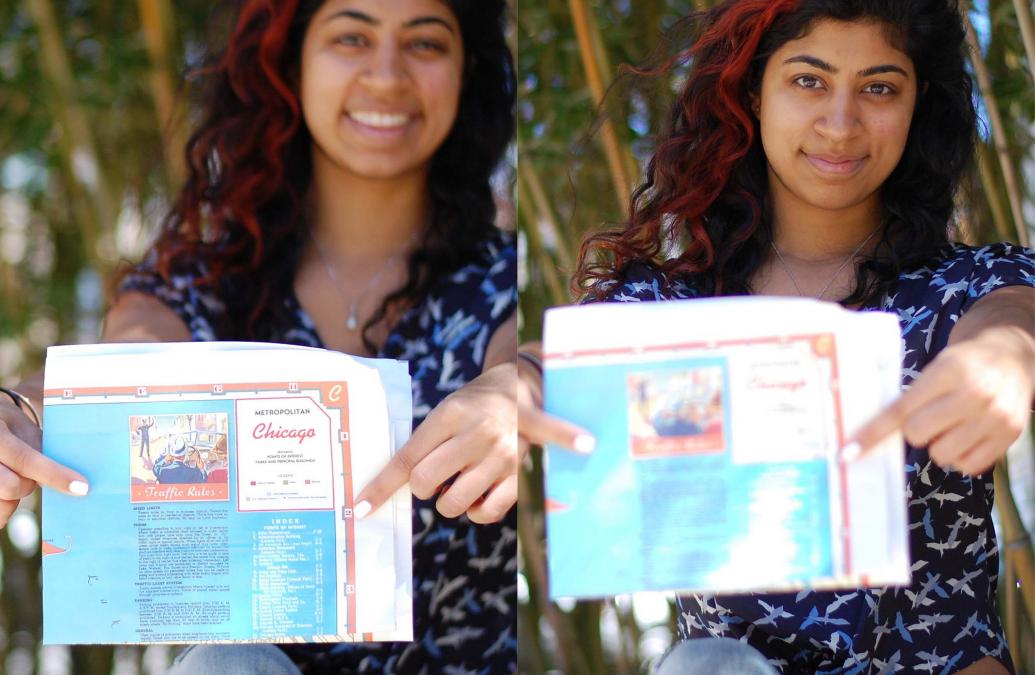
Kavia Khosla ‘16, Seen & Heard
I’m holding: a vintage map of Chicago that reminds me of home.
“One of the reasons I call the group Seen & Heard is because you don’t see homeless youth. They don’t want to be seen by the authorities, so they usually blend in. They don’t beg, you just don’t notice them. But I saw a lot of adult homelessness within Hyde Park and it bothered me that I could tell they didn’t see the students as part of their community. We’re both living in the same space and we just perceive it very differently; it’s territorialized in very different ways.”
What happens when the story you've been telling yourself about the future is replaced by the story of what actually will be?
Every summer, a group of students experience this shift as they launch ideas into the world with the Social Innovation Fellowship. This year's 11 Fellows from Brown and RISD will work full-time on their social ventures in 6 different countries, deeply immersing themselves in the opportunity to learn, take risks, and make change in the world.
As they set out for the summmer with hopes and plans of what their stories will be, we grabbed a moment with each of them to see where they're starting. Take a look.
Note: We're sorry that our Fellow Sujay Natson '16 was abroad and couldn't participate. He'll be working on the MetaPlaneta team with Tomoya this summer!
